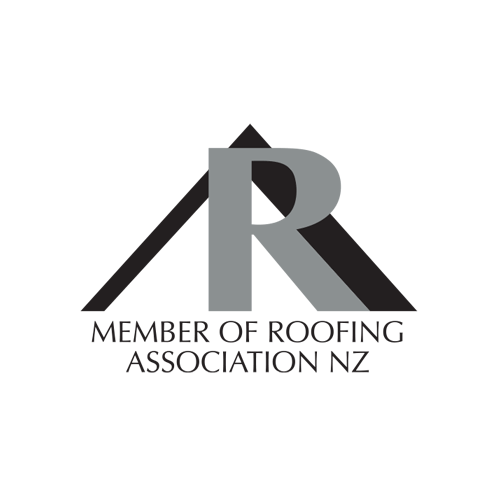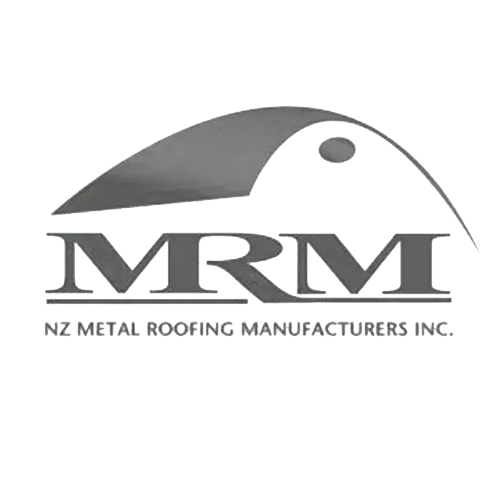Better Buildings for a Better World.

Build Better / Breathable vs Permeable
Breathable & vapour permeable – what’s the difference?
When you look deep into the world of building underlays, it becomes clear that ‘breathable’ and ‘vapour-permeable’ are two different things. However, the terms are often mistakenly used in an interchangeable way, so it’s easy to get confused.
Before we explain the differences between breathable and vapour-permeable materials, let’s consider why we’re hearing these terms so much these days. In our opinion, it’s a reaction to a couple of problems the residential construction industry has been experiencing in recent times.
The first problem – from 1988 to 2004 - was leaky homes; the result of residential construction methods that produced non-watertight homes. Everyone in New Zealand knows about this era and many home-owners are still dealing with the fallout today.
The second problem – which arose after 2004 - happened in response to the first. In a quest to build warmer, drier homes for their clients, the construction industry started building homes that were almost airtight. Moisture didn’t get in from the outside, but it couldn’t escape easily from the inside either. The average family of four produces 20 litres of water vapour a day, so airtightness has the potential to be as much of a health problem as leaky homes.
Ventilation and vapour-permeability to the rescue
While new builds now have the benefit of more enlightened regulations that ensure homes have the watertightness, ventilation and vapour-permeability they need to stay healthy and warm, resolving legacy issues in existing structures is an ongoing process. And it’s a process that’s throwing up the word ‘breathable’ in relation to modern synthetic wrap underlays, when the term should definitely be ‘vapour-permeable’ or, more correctly, ‘water vapour-permeable’.
What does ‘breathable’ mean?
Breathable is a term that comes to us from the clothing sector. It refers to a material’s ability to allow air to flow through it, like the way the air can blow through a knitted jumper. Breathable also means lost heat, so when you’re wearing your thick woolly jumper while hiking high in the Southern Alps, you’re fine until the chilly wind picks up and steals your body heat through the breathable jumper. Hypothermia here you come. Fungi and mould growth occurs when air temperatures are between 4 and 40°C and humidity is above 60%. In extreme cases, toxic black mould (stachybotrys chartarum) can cause a stuffy nose, wheezing and red eyes. It can also lead to more serious conditions, such as asthma. People with weakened immune systems are more likely to develop infections if exposed to mould.
What does 'vapour-permeable' mean?
Vapour-permeability refers to a material’s ability to allow a vapour, such as water vapour, to pass through it. The best quality vapour-permeable materials are also an air barrier, so you get the best of both worlds – water vapour can escape, but airborne heat can’t.
For example, premium mountaineering jackets use fabrics that let water vapour from body perspiration out, but they retain body heat because they are also an air barrier. If you go hiking in the Southern Alps in a poor quality vapour-permeable mountaineering jacket that isn’t an effective air barrier, you’d lose body heat as well as water vapour – recipe for hypothermia, again.
Quality underlay is like a premium high-tech hiking jacket for home
Quality synthetic underlays, such as Thermakraft Covertek and Watergate Plus, are in the same category as the best hiking jacket fabrics. They won’t let air pass, so warmth stays inside, but they will allow water vapour to escape to the outside, preventing overly-moist conditions that aren’t healthy. Synthetic underlays can also be taped for extra airtightness, which further boosts thermal efficiency. Conclusion: Used in conjunction with a combination of active and passive ventilation, premium vapour-permeable wrap helps to manage moisture within the home with less heat loss. Sophisticated underlays, like the Thermakraft Covertek series, help you to conquer the twin challenges of weathertightness and moisture management.
Read an article about roof condensation - click
here.
Can't find what you are looking for?
Get in touch, our team is always ready to help.
Products/Technical Information
Build Better
Building Systems
Contact
© 2023 Kingspan Insulation NZ Ltd |
All Rights Reserved
Kingspan Insulation NZ Ltd | All Rights Reserved





